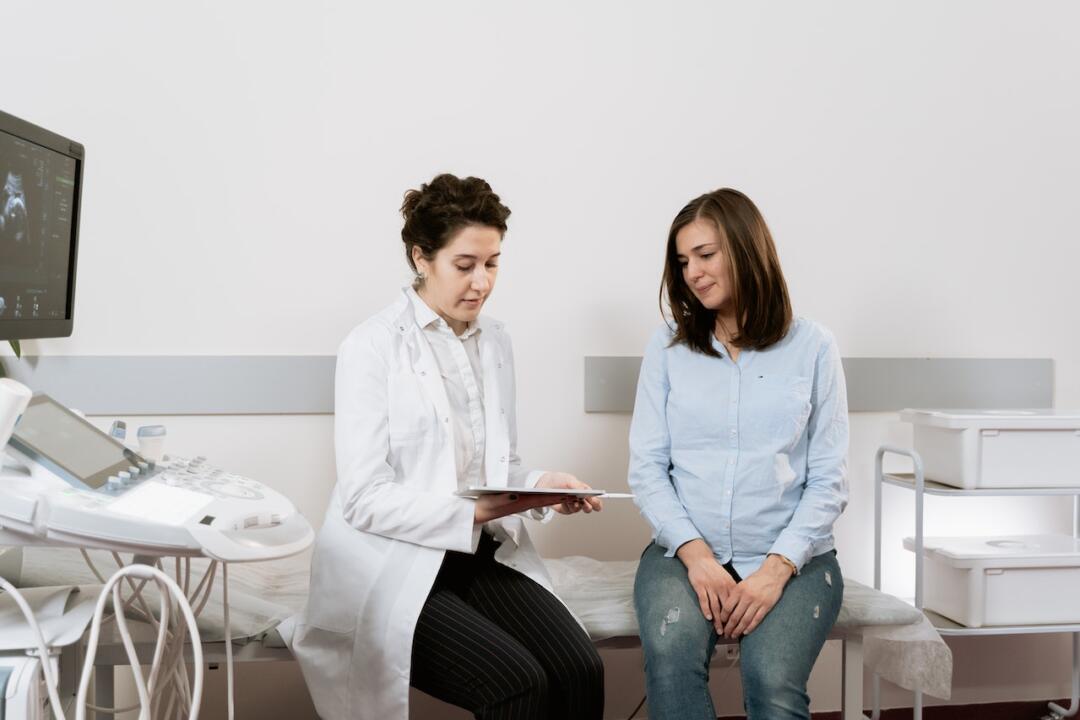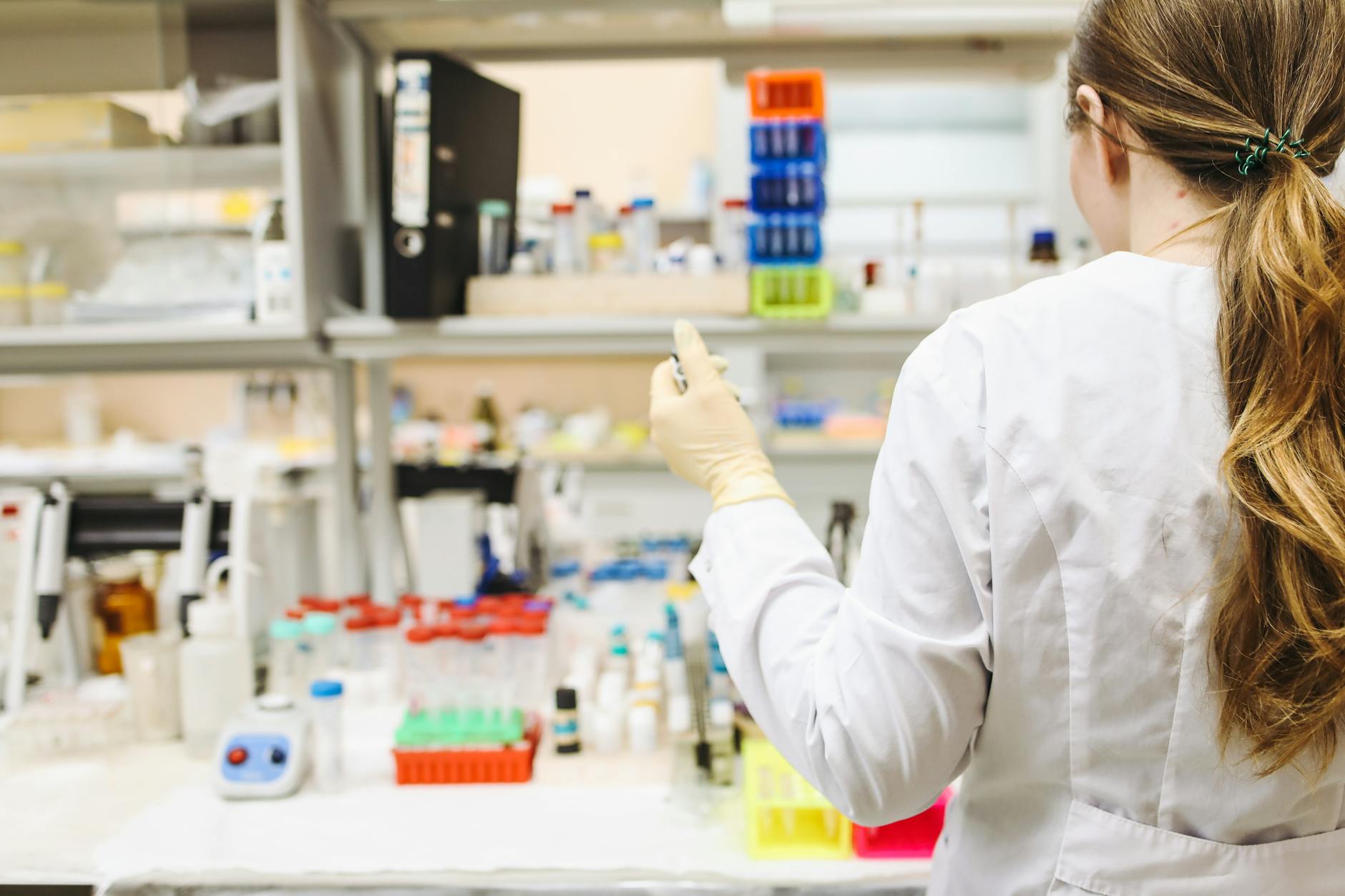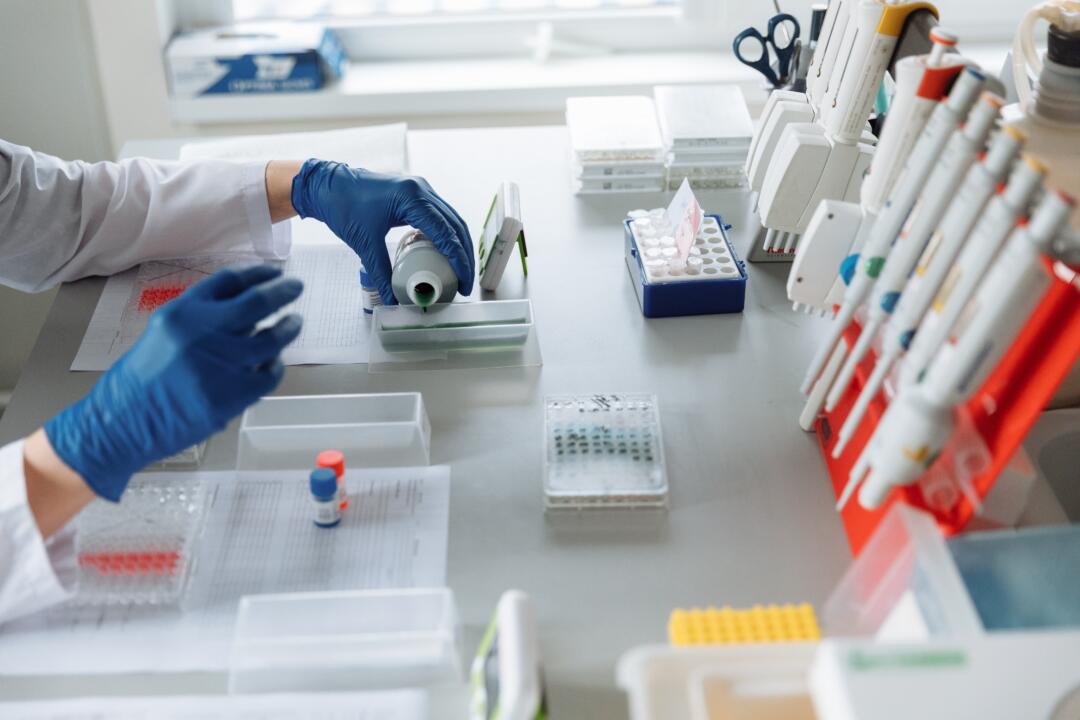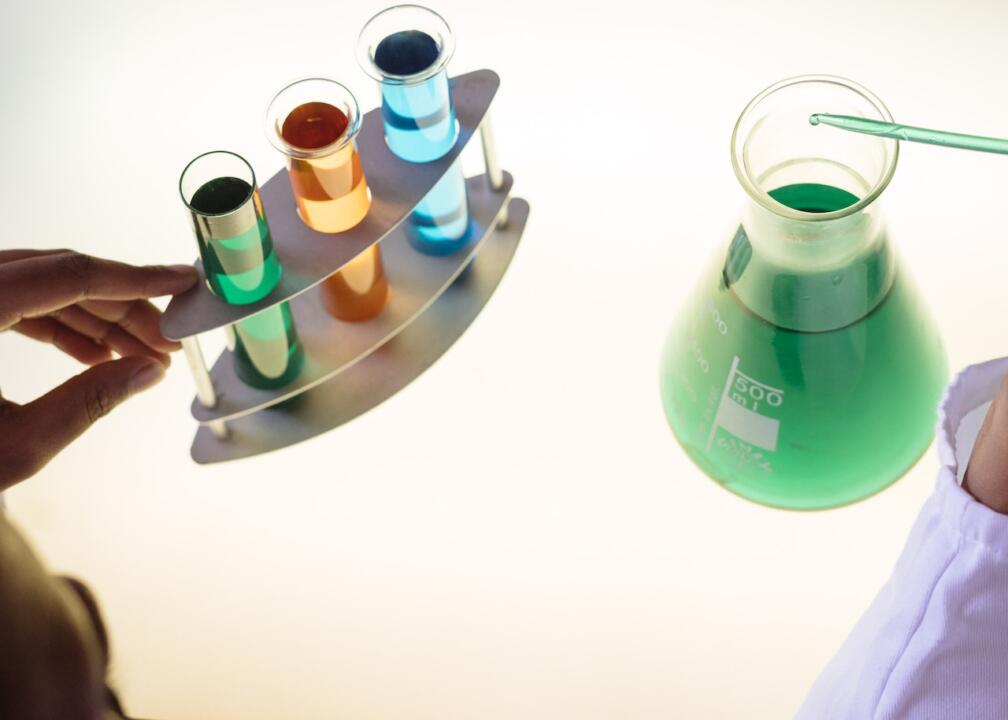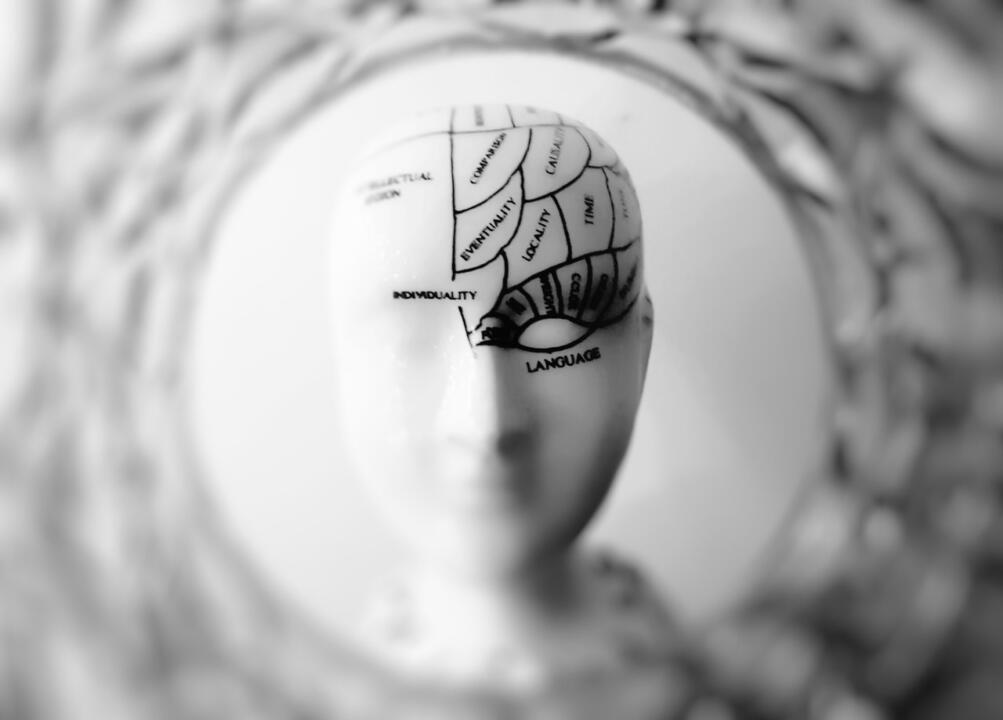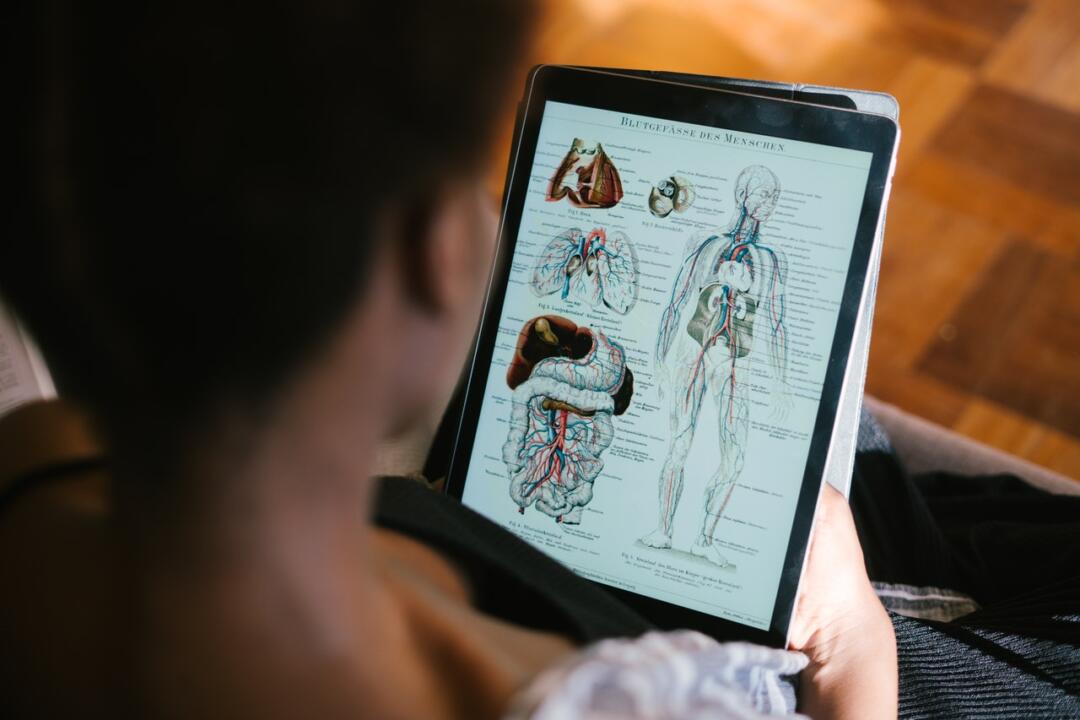Your cart is currently empty!
Medical school curriculum

Traditionally medical school has been following a subject-wise curriculum, medical subjects are taught in different semesters/years followed by an exam. In the last few years, many schools have moved on to system-wise curricula, a basic orientation of overall systems, and students are taught medicine based on the system. Systems are divided based on normal and abnormal.
The medical curriculum has goals and Objectives, where schools train students to be medical doctors with certain competencies. Each activity performed by a student at medical school as a part of the curriculum is linked to competency.
Goals
Educate and train students to be medical doctors who are competent in Medical knowledge, patient care, communication skills, system-based practice, and professionalism.
Objectives
Mastery of the concepts necessary for the prevention, diagnosis, treatment, and management of common medical problems, explicitly displaying knowledge of
The normal development, structure, and physiological function of the body, organ systems, tissues, and cells, and their interrelationships and the molecular, biochemical, cellular, and physiological mechanisms that are important in maintaining the body’s homeostasis
The biochemical, immunologic, pharmacologic, and microbiologic principles related to issues of disease, laboratory tests, and therapeutics and the various etiologies (genetic, developmental, metabolic, toxic, iatrogenic, microbiologic, autoimmune, neoplastic, degenerative, and traumatic) of diseases (pathogenesis), the associated altered structure and function (pathology and pathophysiology) and characteristic pathologic and laboratory manifestations
Common epidemiologic and risk factors for disease population health and the role and impact of psychological, behavioral, social, economic, and cultural factors on health and disease
The ethical, legal, gender, psychological, social, interpersonal, sexual health, and economic issues that impact health and medical care
Perform and record a complete and accurate history, sensitive to patient needs and the nature of the situation
Perform and record an accurate and complete physical examination and mental status examination sensitive to patient needs and the nature of the situation
Analyze a patient’s clinical presentation, linking to biomedical and health concepts, develop an appropriate diagnostic and therapeutic plan, appropriately using information resources, laboratory and imaging testing
Communicate (in writing and orally) effectively and respectfully with peers, faculty, colleagues, and other members of the healthcare team, understanding the role of consultations and referrals
Communicate and interact with patients in an effective, respectful, and compassionate manner, including counseling them on risks, prevention, lifestyle, and therapy issues
Obtain, analyze, and use the medical literature and other information resources to address medical questions sustain professional growth and apply techniques of population health, including methods of analysis of the health and health problems of defined populations and development of interventions to improve the health of populations.
Throughout the training, a candidate must demonstrate medical professionalism including ethical behavior, moral reasoning, honesty, integrity, dependability, and commitment to service and health equity.
Competencies
Curriculum Types
Subject Wise Curriculum
Discover more from mymedschool.org
Subscribe to get the latest posts sent to your email.

















